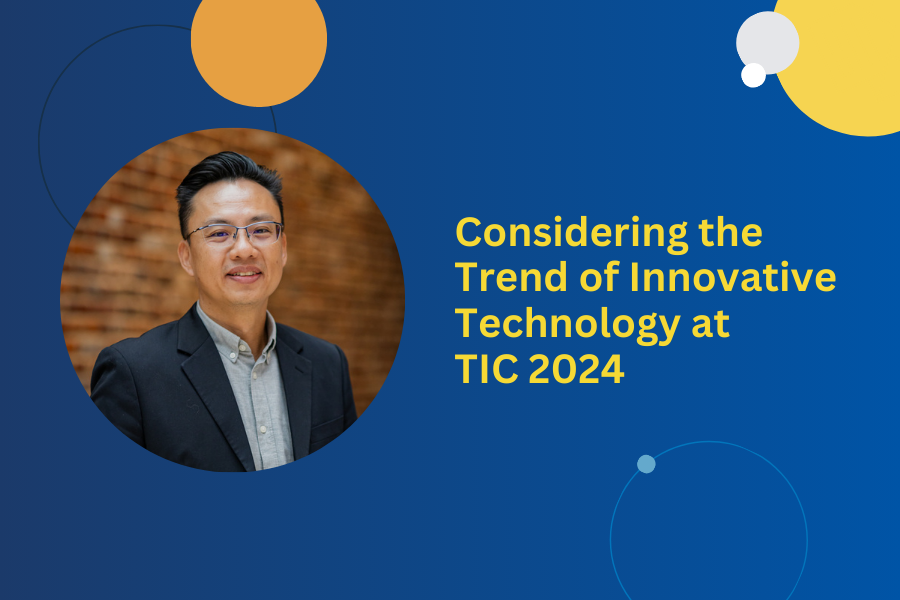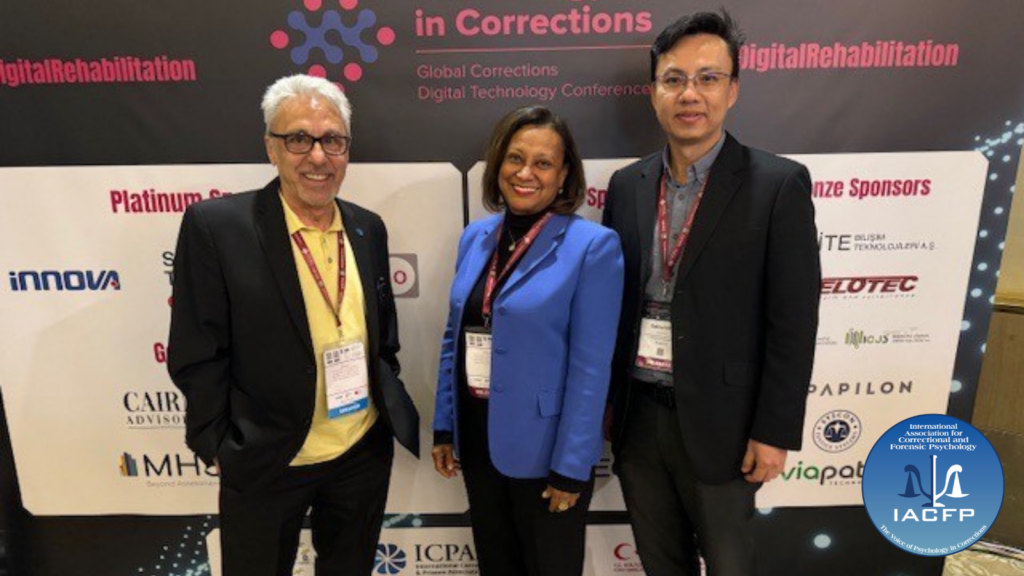
In the rapidly evolving landscape of corrections, technological advancements have emerged as powerful catalysts for change. As we convene at the forefront of innovative technology, the intersection of technology and corrections promises to reshape traditional paradigms, offering unprecedented opportunities for security enhancement, rehabilitation, and societal reintegration.
I didn’t write this. I merely instructed ChatGPT to craft an opening paragraph about a corrections technology conference, and it over-delivered in mere seconds.
The technology that we have at our fingertips today is certainly amazing. Different fields of human endeavour – business, education, medicine, entertainment, finance, and many more – have woven technology into ways that individual activities within those fields may be conducted differently and better. The field of corrections should be no exception, but the pace at which we adopt this technology could be accelerated now, rather than waiting for another event of “COVID-ian” proportions.
At the Technology in Corrections (TIC) Conference 2024, the sense of energy and belief in technology’s new opportunities was pervasive. With the theme of ‘Digital Rehabilitation’, TIC 2024 was a smorgasbord of presentations and discussions on topics such as the role of technology in correctional rehabilitation, prisoner wellbeing, staff training, digital transformation journeys, and AI and business analytics in corrections.
TIC 2024 in Numbers
Edition of TIC: 5th
Number of delegates: 350+
Number of countries represented: 60
Number of presentations: 50+
Number of parallel sessions: 12

An article on the TIC Conference 2024 cannot quite do justice to the thoughts, ideas, insights, and reflections shared at the conference. But here are four of my takeaways:
#1 – The availability of digital rehabilitation tools is just around the corner.
Moreso now than before, digital rehabilitation tools are being developed and will likely continue to grow as the boundaries of current technologies are pushed further and start-up costs are pushed lower. Take virtual reality (VR) as an example: At TIC 2019, there was only one exhibitor’s demo on VR for offender rehabilitation. At TIC 2024, there were at least four presentations by France, Türkiye, and Singapore on how VR has been developed and used in rehabilitation for domestic violence and drug abuse. By immersing treatment participants in high-fidelity environments, clinicians used VR to elicit psychological reactions in participants, and supported them by helping them process their thoughts and experiences, as well as through de-escalation and arousal reversal techniques.
If early versions of digital rehabilitation tools we see today are a lead indicator of what we may expect to see tomorrow, then we should expect to see AI-based applications, data analytics applications, and other digital tools, all of which were covered and discussed at TIC 2024.
#2 – Don’t just adopt technology for technology’s sake – appreciate the whys of doing so.
Technology adoption is exciting but may be disruptive to current processes. Tech solutions may fail when the user interface or user experience is poor. Tech systems may be costly to implement and refresh. These reasons may discourage support for technology adoption and contribute to poor outcomes. When results are discouraging, it may be useful and important to refocus attention on the benefits of technology adoption.
For the correctional agency, technology helps with resource and manpower constraints, and aids in improving the efficiency of facility management and operations.
For inmates and supervisees, technology can enhance F2F rehabilitative interventions and skills equipping, be used to engage families to support offender change, and be implemented to facilitate smoother transitions to the community.
For correctional staff, technology helps free officers from routine administrative work, so that they may be engaged in higher-value rehabilitative work and prisoner engagement. This may, in turn, translate to higher job satisfaction and sense of mission.
#3 – Don’t just introduce hardware and software. Manage the “heartware” of organisational change too.
It may be argued that identifying and bringing in technological solutions is the easy part of digital transformation. Technology adoption may be made harder when officers need to unlearn and relearn new skills and navigate new work processes. They may have to acquire new knowledge in data systems management or cyber security, as well as take on an expanded role in inmate and supervisee engagement.
Therefore, technology adoption involves not just having a suite of technological solutions to address security, operational, and rehabilitation needs, but also to take care of the change management needed to bring people on board for new processes, operations, and systems. It also involves strengthening leadership support, creating staff buy-in and commitment, ensuring implementation fidelity, and evaluating outcomes for success.
#4– What is the role of the international corrections community?
It seems that many countries are embarking on similar digital transformation journeys, albeit at different paces. As an example, there were several presentations at TIC on VR-supported interventions, and there are likely many jurisdictions that may be trying something similar, but which are at varying stages of development and implementation. The same might be said of AI-supported technologies or wearable technologies. There may be a lot of learning in silos, learning from scratch, and learning from trial-and-error.
How may the corrections community come together as a resource to help different jurisdictions set up these capabilities, share research and implementation best practices and strategies, define and shape the ethics of technology integration, and articulate guardrails against malpractice?
The learnings from the TIC 2024 conference, the hospitality of the Turkish hosts, and the connections made were but some personal takeaways. The cherry on top of the cake for me, however, was soaking in the beauty of the city of Istanbul.
If you have a thought or reflection about technology in corrections, write in to us.

